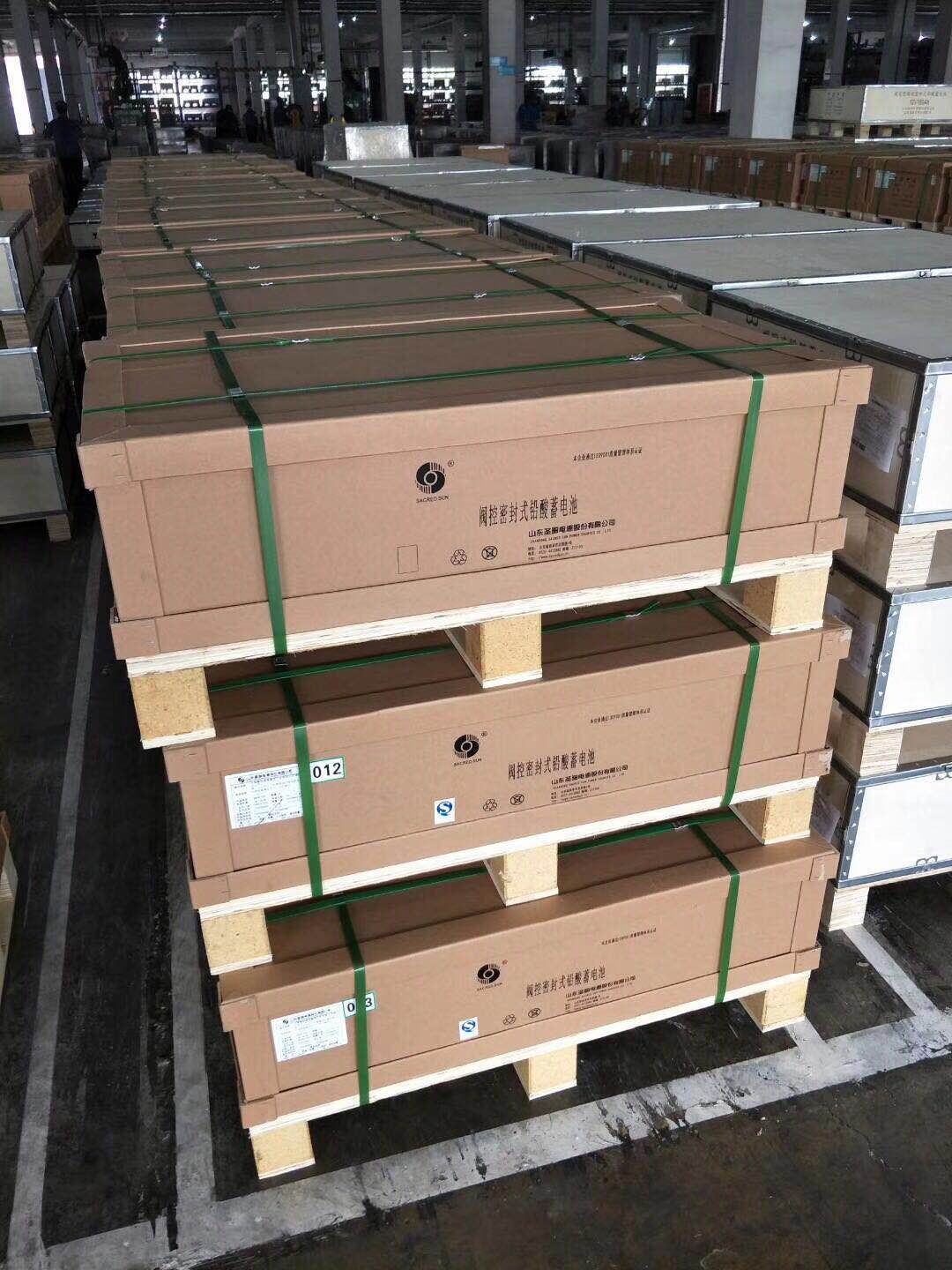zui 误区一:采用胶印软片作为终输出软片
Zui myth 1: using offset film as the final output film
胶印软片有着采购方便、经济、供货及时等一系列优点,且工艺条件也相对成熟。但是,胶印软片有一个致命的弱点:表面过于光洁。感光树脂柔性版在光聚合反应过程中会释放出一定数量的氧气,只有磨砂软片可以将这些氧气顺利地引导出去,使得软片与版材仍保持等应接触,精确地转移影像。
Offset film has a series of advantages such as convenient procurement, economy and timely supply, and the process conditions are relatively mature. However, offset film has a fatal weakness: the surface is too smooth. The photosensitive resin flexographic plate will release a certain amount of oxygen during the photopolymerization reaction. Only the frosted film can guide these oxygen smoothly, so that the film and the plate still maintain equal contact and accurately transfer the image.
与此相反,胶印软片表面光洁,不能将氧气顺利地导出,导致软片与版材之间的间隔变大,引起图像变形、图文变粗、模糊等故障。有些制版操作人员采用撒爽身粉的办法,一定程度上缓解了这些问题,但是同时也导致透光率下降,增加了片的云雾度。
On the contrary, the surface of offset film is smooth and smooth, and oxygen can not be exported smoothly, resulting in larger spacing between film and plate, resulting in image deformation, coarsening and blurring. Some plate making operators use the method of sprinkling talcum powder to alleviate these problems to a certain extent, but at the same time, it also leads to the decrease of light transmittance and the increase of cloud haze of negative film.
误区二:印前系统配置不合理
Myth 2: unreasonable prepress system configuration
由于柔印的专用软件比较昂贵,非一般中小型制版公司可以承受,所以目前国内只有少数几家海外公司消费得起,而绝大多数制版厂商则进行了因地制宜的国产化。一般而言,小规模的制版厂大多采用平台扫描仪和数字相机作为输入设备,修正电脑采用的PC或苹果G3,再加上照排机、冲片机作为输出装备。

As the special software for flexographic printing is relatively expensive and can not be borne by ordinary small and medium-sized plate making companies, at present, only a few overseas companies in China can afford it, while the vast majority of plate making manufacturers have made localization according to local conditions. Generally speaking, most small-scale plate making factories use platform scanners and digital cameras as input equipment, modify the PC or apple G3 used by computers, and add phototypesetters and film processors as output equipment.
由于受制版规模的限制,所以许多国内厂家照搬胶印制版的配置,甚采用打印输出加照相等滞后技术,使得国内的瓦楞纸箱柔印技术一直处于一种水平的状态,仅仅作为手刻橡胶版的替代品,尚未进入彩色瓦楞纸箱印刷的时代,与国外同行相比,我们落后了将近10-15年。
Due to the limitation of plate scale, many domestic manufacturers copy the configuration of offset plate making, and even adopt lag technologies such as print output and photography, so that the domestic corrugated box flexographic printing technology has been at a low level. As a substitute for hand carved rubber plate, it has not entered the era of color corrugated box printing. Compared with its foreign counterparts, We are nearly 10-15 years behind.
误区三:版材的选型比较盲目
Myth 3: plate selection is blind
许多制版企业没有考虑印刷厂的实际情况,如印刷机的型号、贴版胶带的厚度、使用油墨的类型等,盲目地从众。以瓦楞纸箱用的印版为例,许多客户仅仅知道杜邦公司非常着名的TDR型版材。
Many plate making enterprises blindly follow the crowd without considering the actual situation of the printing factory, such as the model of the printing press, the thickness of the plate pasting tape, the type of ink used, etc. Taking the printing plate for corrugated box as an example, many customers only know the famous TDR plate of DuPont.
TDR是一种广泛使用的瓦楞纸印刷版材,具有优异的制版性能,但分辨力不如EXL/UXL等一批薄版来得高。在印刷E型瓦楞以及高达120线/英寸的图像时,应换用EXL/UXL等薄版,并加以海绵衬垫,这样才可获得高分辨力。同时,随着版材硬度的提高,还可减少网点扩大,使印品达到的效果
TDR is a widely used corrugated printing plate with excellent plate making performance, but its resolution is not as high as a batch of thin plates such as EXL / UXL. When printing E-type corrugated and images up to 120 lines / inch, thin plates such as EXL / UXL should be replaced with sponge pads to obtain high resolution. At the same time, with the improvement of plate hardness, it can also reduce the dot expansion and achieve excellent printing effect
